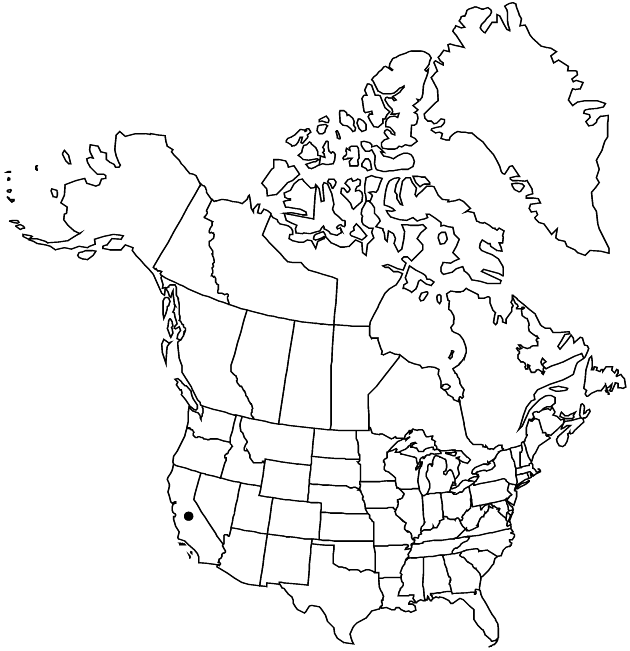Difference between revisions of "Isocoma menziesii var. vernonioides"
Phytologia 70: 101. 1991.
Conservation concern
Basionym: Isocoma vernonioides Nuttall Trans. Amer. Philos. Soc., n. s. 7: 320. 1840
Synonyms: Haplopappus venetus subsp. vernonioides (Nuttall) H. M. Hall Isocoma veneta var. vernonioides (Nuttall) Jepson
FNA>Volume Importer |
imported>Volume Importer |
||
| (One intermediate revision by the same user not shown) | |||
| Line 6: | Line 6: | ||
|place=70: 101. 1991 | |place=70: 101. 1991 | ||
|year=1991 | |year=1991 | ||
| + | }} | ||
| + | |special_status={{Treatment/ID/Special_status | ||
| + | |code=C | ||
| + | |label=Conservation concern | ||
}} | }} | ||
|basionyms={{Treatment/ID/Basionym | |basionyms={{Treatment/ID/Basionym | ||
| Line 60: | Line 64: | ||
|publication title=Phytologia | |publication title=Phytologia | ||
|publication year=1991 | |publication year=1991 | ||
| − | |special status= | + | |special status=Conservation concern |
| − | |source xml=https:// | + | |source xml=https://bitbucket.org/aafc-mbb/fna-data-curation/src/2e0870ddd59836b60bcf96646a41e87ea5a5943a/coarse_grained_fna_xml/V19-20-21/V20_1016.xml |
|tribe=Asteraceae tribe Astereae | |tribe=Asteraceae tribe Astereae | ||
|genus=Isocoma | |genus=Isocoma | ||
Latest revision as of 19:58, 5 November 2020
Stems erect to ascending or decumbent; herbage hirtellous or villoso-pilose or densely gray-tomentose (hairs flattened, vitreous, long) to glabrate, sometimes stipitate-glandular. Leaf blades linear to oblanceolate or spatulate-oblong, 10–40 × 2–6(–9) mm, not thick-fleshy, margins of at least the proximal pinnately lobed or shallowly toothed. Heads in corymbiform arrays. Corollas 5–7 mm. Cypselae 2.3–3.6 mm. 2n = 24.
Phenology: Flowering (Apr–)Jul–Dec.
Habitat: Coastal bluffs and dunes, sandy flats, salt marsh borders, occasionally on dry slopes
Elevation: 5–400 m
Distribution

Calif., Mexico (Baja California).
Discussion
Of conservation concern.
In San Diego and Riverside counties, plants of var. vernonioides produce small leaves that are often nearly glabrous, perhaps reflecting the influence of genes from var. menziesii.
Selected References
None.
Lower Taxa
None.